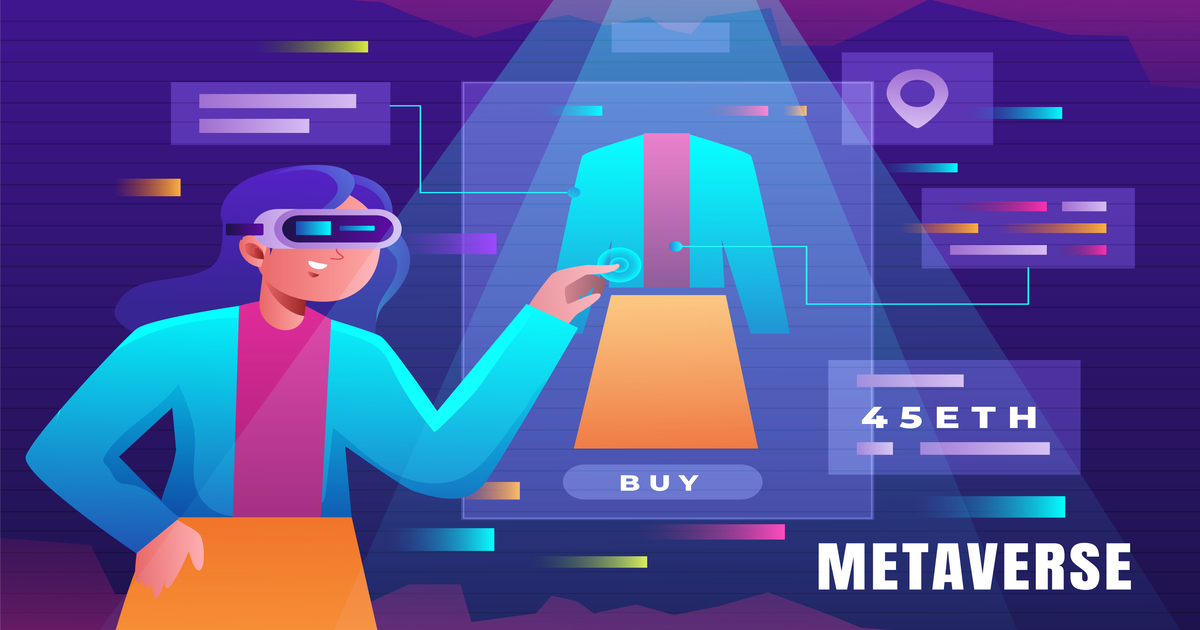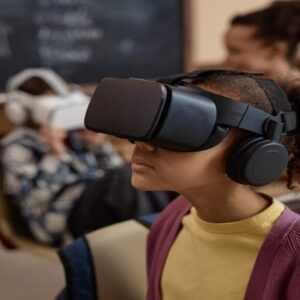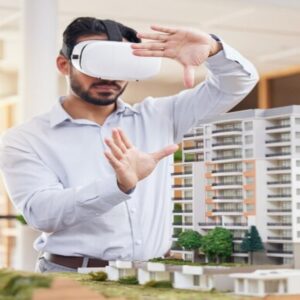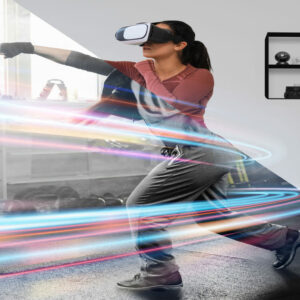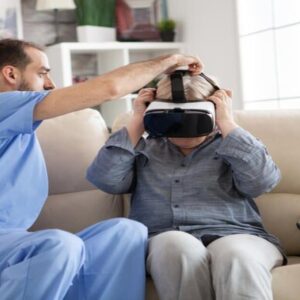Virtual Reality 2.0
Virtual reality (VR) is a technology that enables users to immerse themselves in a simulated environment through devices such as goggles, helmets, gloves, or controllers. VR can be used for entertainment, education, training, health, art, and much more.
VR has been around for decades, but in recent years, it has been gaining popularity and quality. With the advancement of technology, VR devices are becoming more accessible, comfortable, and immersive. But what can we expect from the next generation of VR? What are the trends and challenges that will shape the future of this technology?
In this article, we will explore some of the key features and expectations of virtual reality 2.0, which promises to revolutionize how we interact with the virtual world.
Higher Resolution and Fidelity
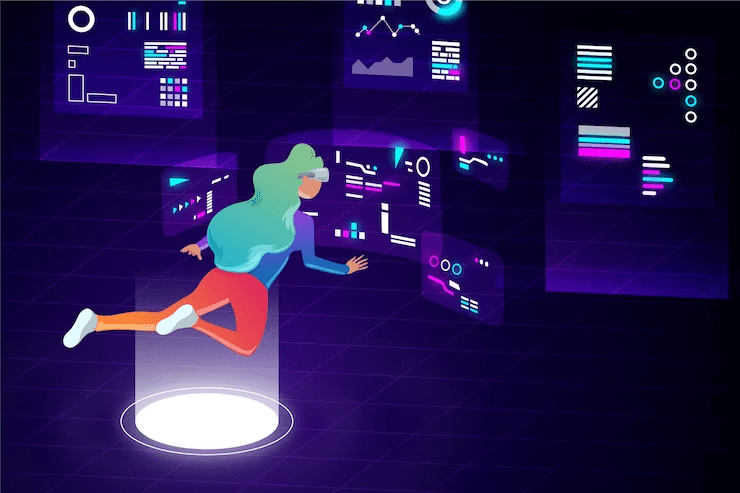
One of the main limitations of current VR is the low resolution and fidelity of the images generated by devices. This can cause issues such as distortion, blurriness, screen-door effect, or visual discomfort. To overcome these obstacles, VR device manufacturers are investing in improving the quality of screens, lenses, and processors.
An example of this is the Oculus Quest 2, released in 2020 by Facebook’s subsidiary company. This device is one of the most popular on the market, as it offers a wireless VR experience with a lightweight and ergonomic design, and a resolution of 1832 x 1920 pixels per eye, representing a 50% increase compared to its predecessor.
Another example is the Varjo VR-3, released in 2021 by the Finnish company Varjo. This device is aimed at the professional market, as it offers an impressive resolution of 2880 x 2720 pixels per eye, with a pixel density of up to 70 pixels per degree. Additionally, it features an integrated eye-tracking system, which allows adjusting the focus and sharpness of images according to the user’s eye movements.
Enhanced Interaction and Presence
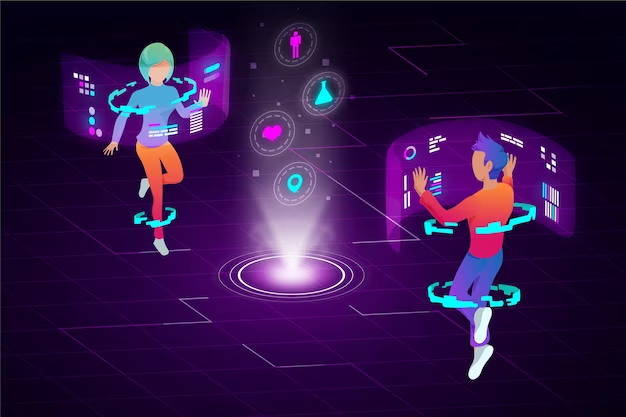
Another important feature of VR is user interaction and presence in the virtual environment. The more natural and intuitive the way users can manipulate objects, move around, and communicate in the virtual world, the greater the sense of immersion and realism.
To achieve this, VR devices are increasingly incorporating sensors and features that allow capturing the user’s body, hand, finger, and facial movements. Additionally, they are exploring new forms of haptic feedback, which involve stimulating the user’s sense of touch through vibrations or forces.
An example of this is the Oculus Touch, a pair of controllers that accompany Oculus Quest and Rift devices. These controllers have buttons, triggers, and sensors that allow detecting the user’s hand and finger gestures. They also have motors that generate vibrations to simulate touching or colliding with virtual objects.
Another example is the Teslasuit Glove, a pair of haptic gloves developed by the British company Teslasuit. These gloves have sensors that capture the user’s hand and finger movements with precision. They also feature actuators that generate forces to simulate the texture, shape, and weight of virtual objects.
Increased Socialization and Collaboration
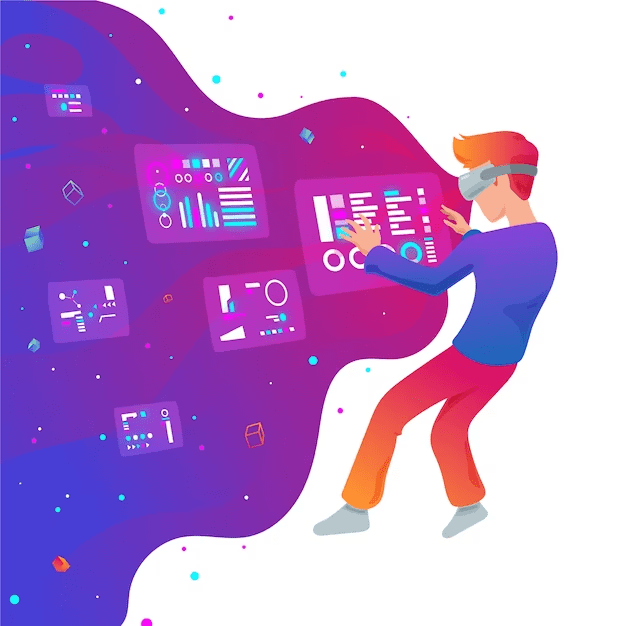
One of the trends in VR is socialization and collaboration among users in the virtual environment. VR can be a powerful tool for connecting people who are physically distant, allowing them to share experiences, learn together, work as a team, or have fun.
To achieve this, VR devices are seeking ways to improve the representation and communication of users in the virtual world. This involves creating more realistic and expressive avatars that reflect users’ physical and emotional characteristics. It also involves creating spatial audio systems that reproduce sound in a three-dimensional and directional manner, according to the users’ position and orientation.
An example of this is Facebook Horizon, a social VR platform launched in 2020 by Facebook. In this platform, users can create their own avatars, explore different virtual worlds, interact with other users, participate in activities and games, or create their own content.
Another example is Spatial, a VR collaboration platform launched in 2018 by the company of the same name. In this platform, users can create virtual rooms for meetings, presentations, training, or projects. They can use their own faces or custom avatars, share files and documents, use interactive tools, or integrate external applications.
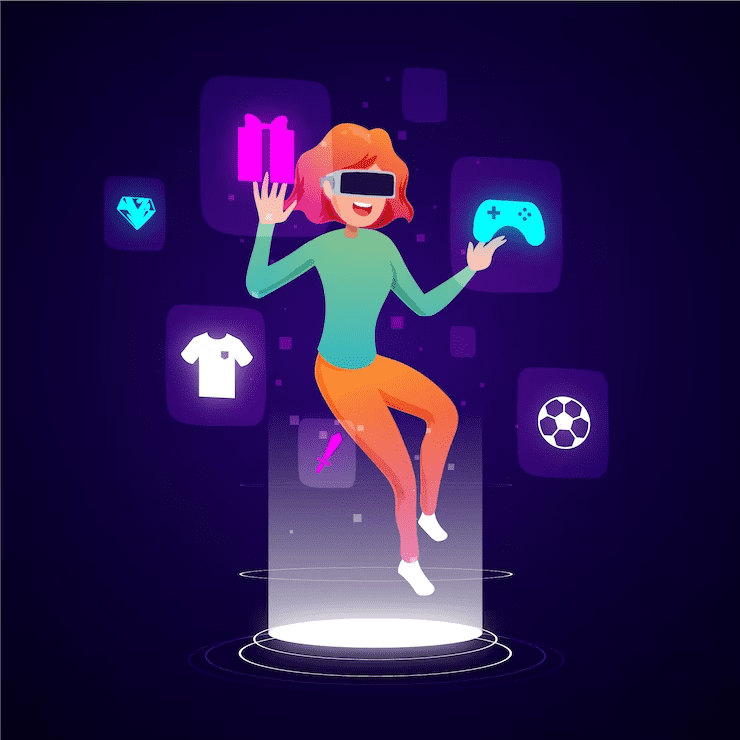
Virtual reality is a technology that is constantly evolving and promises to transform how we relate to the world. The next generation of VR will offer higher resolution and fidelity, enhanced interaction and presence, and increased socialization and collaboration for users.
To make the most of this technology, it is important to stay updated on market news and trends, as well as Google’s rules and guidelines for blogging, which aim to ensure the quality and relevance of content published on the internet.
Did you like this topic? See more content about: Virtual Reality
Source: paramin novation

